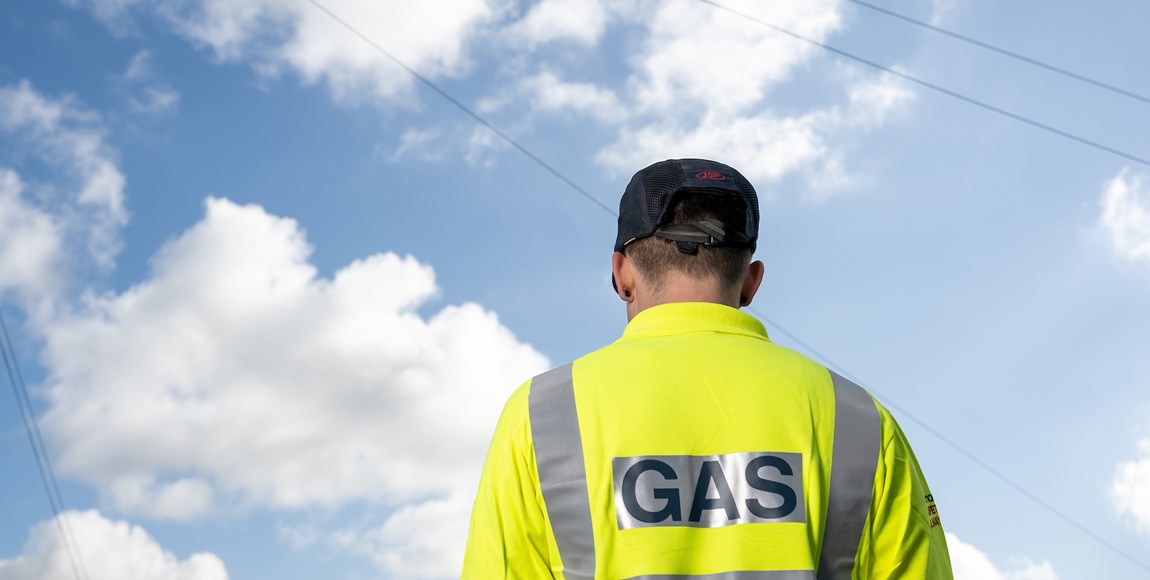Wales & West Utilities is marking Gas Safety Week (14-21 September) by warning residents across Wales and the south west of England about the dangers of failing to ensure that the gas appliances in their home are correctly maintained.
As the winter months approach and the temperatures plummet, many people will switch on their central heating or gas fires for the first time in months – without stopping to consider the potentially fatal consequences of an unchecked appliance.
Badly fitted and poorly serviced gas appliances can cause gas leaks, fires, explosions and carbon monoxide poisoning, known as the ‘silent killer’.
In the UK alone each year around 40 people die and over 4000 are injured as a result of carbon monoxide poisoning.
Gas Safety Week is an annual safety week to raise awareness of gas safety and the importance of taking care of gas appliances. It is co-ordinated by Gas Safe Register, the official list of gas engineers who are legally allowed to work on gas.
Wales & West Utilities, which runs the gas distribution network across Wales and the South West of England, is reminding residents across the area about the dangers of failing to maintain gas appliances correctly and promoting a few simple steps which could prevent needless deaths or illness as a result of this poisonous gas.
Danielle Royce, Stakeholder Engagement Manager at Wales & West Utilities said, “Carbon monoxide is completely odourless and cannot be seen. Symptoms of carbon monoxide poisoning are often confused with flu, especially in winter, as they include severe headaches, a sore throat, dizziness, coughing, feeling sick, and a general lack of energy.”
“At this time of year, when people are switching on their central heating, we’re encouraging people to be vigilant. It’s vitally important to employ a registered installer to carry out regular safety checks of your own home, or allow access to your landlord’s gas engineer, and installing an audible carbon monoxide alarm can help to save lives too.”
Signs to look out for that show there could be a risk of CO include:
- Gas appliances burning with a lazy yellow or orange flame instead of crisp and blue
- Increased condensation inside windows
- Pilot lights blowing out frequently
- Soot or yellow/brown staining around or on appliances
CO is emitted by faulty appliances powered by any fuel that burns – gas, coal, oil, petrol and wood. The symptoms from inhaling it include headache, dizziness, vomiting and shortness of breath. Sometimes people have ‘flu-like’ symptoms, but without the high temperature.
To protect against the risk of CO, audible alarms are important but there is no substitute for getting all appliances, powered by any fuel that burns, serviced annually. Householders should also make sure that chimneys and flues are swept annually too.
And if you do suspect CO poisoning, this is what to do:
- Turn appliances off
- Open doors and windows
- Get everyone outside into fresh air immediately
- Call the National Gas Emergency Service on 0800 111 999
- And if there is a medical emergency, don’t delay, ‘phone 999
More information on carbon monoxide poisoning can be found on Wales & West Utilities’ website www.wwutilities.co.uk.
For gas safety advice or to find and check an engineer visit the Gas Safe Register website at www.GasSafeRegister.co.uk. You can also sign up for a free annual reminder to service your appliances. Alternatively call the free helpline on 0800 408 5500. To keep safe you should also:
- Check your gas appliances every year. Gas appliances should be safety checked once a year and serviced regularly by a Gas Safe registered engineer. Tenants – make sure your landlord arranges this. Set a reminder so you don’t forget at www.staygassafe.co.uk.
- Check your engineer is Gas Safe registered. You can find and check an engineer at www.GasSafeRegister.co.uk or call 0800 408 5500.
- Check your engineer’s Gas Safe Register ID card. Make sure they are qualified for the work you need doing. You can find this information on the back of the card.
- Check for warning signs your appliances aren’t working correctly e.g. lazy yellow or orange flames instead of crisp blue ones, black marks on or around the appliance and too much condensation in the room.
- Know the six signs of carbon monoxide poisoning – headaches, dizziness, breathlessness, nausea, collapse and loss of consciousness.
- Have an audible carbon monoxide alarm. This will alert you if there is carbon monoxide in your home.



